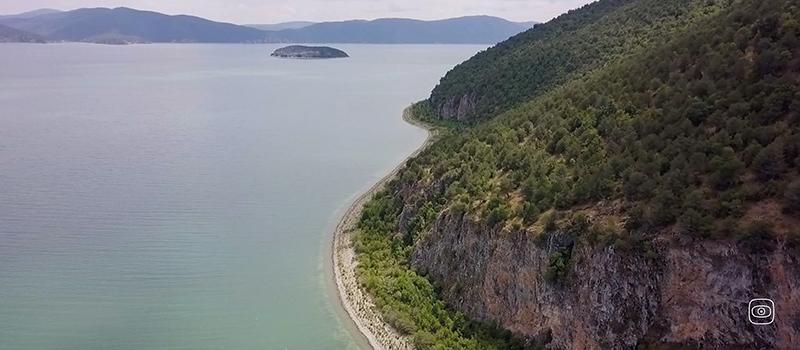Prespa Lake, located higher up, supplies Ohrid Lake with water. Scientific reports, including from NASA, say that 20 percent of Ohrid Lake's volume comes from Prespa.
Throughout history, Prespa Lake has experienced periods of significant water loss and return, indicating its status as a cyclical lake. However, numerous anthropogenic factors have contributed to the lake's current state of deterioration.
Agriculture is one such factor, with past errors in water management leading to the loss of 7% of the lake's surface area and 53 million cubic metres of water. Given its location in a region of Southern Europe particularly vulnerable to climate change, the future of the lake is uncertain. Significant problems are evident in both the Small Prespa lake in Albania and the Stenje village on the Macedonian side.
The lake is eutrophic, characterised by high biological productivity resulting from the presence of chemical substances such as phosphorus and nitrogen, which are introduced to the lake by artificial fertilisers used in agriculture. Anaerobic bacteria were first detected in the lake in 1995, and since then, the lake has seen an increase in fish smuggling and a lack of cross-border collaboration. To address these issues, there is a need for continuous biochemical research and research on the outflow of water.
Photo (c) Dimitar Micev




